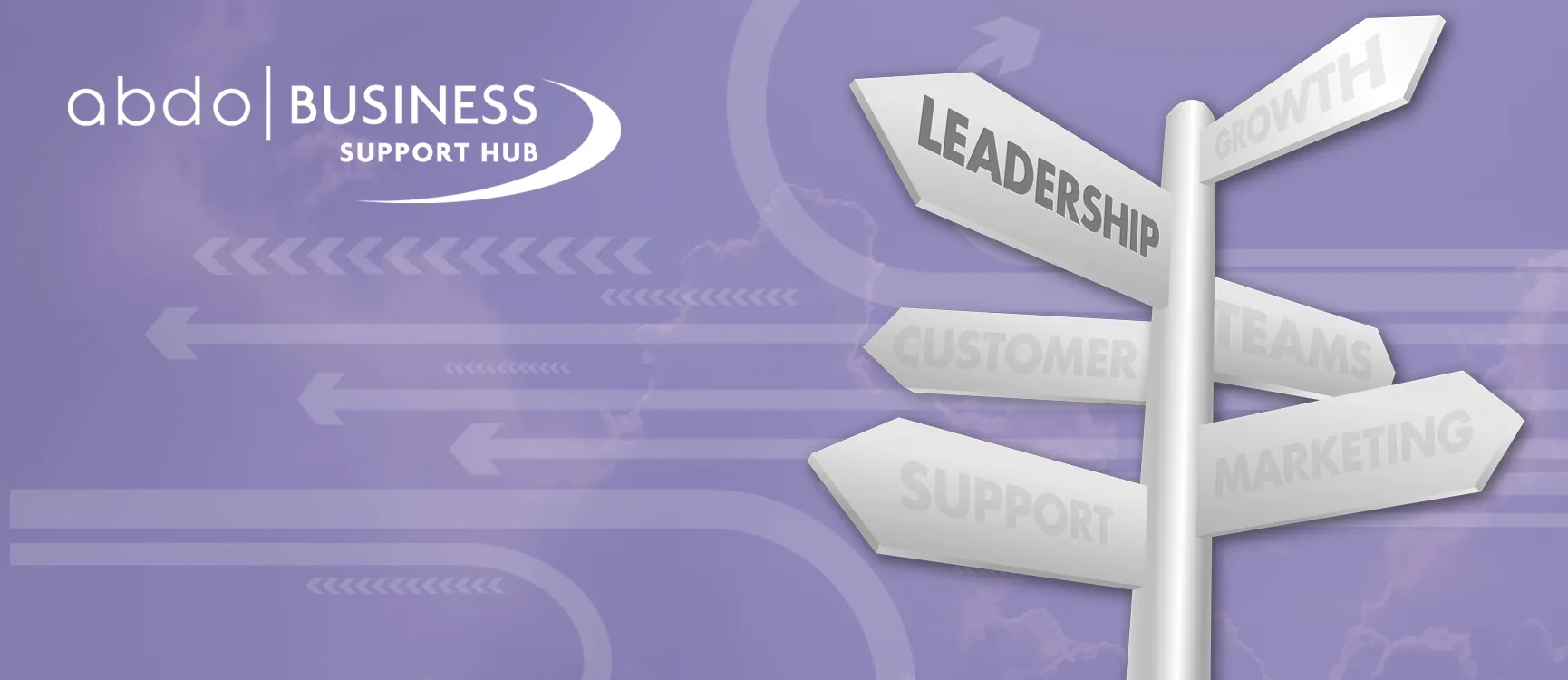
Can a coach have an opinion?
The International Coaching Federation defines coaching as “partnering with a coachee in a thought-provoking and creative process that inspires them to maximise their personal and professional potential.” The principle is that the coach asks questions and probes the coachee which encourages the coachee to find their own answers, resolve their own issues and answer their own questions. So how should a coach respond if the coachee asks “what would you do” or “what do you think”?
Jan B. Engelmann, C Monica Capra, Charles Noussair and Gregory S. Berns undertook some research into the relationship between financial advice and decision-making. They found that the brain “offloads” while it is taking in advice; that it goes into neutral and the advice does not embed in the neocortex. As a consequence, the person receiving the advice is unlikely to take ownership of the information. And a coachee taking ownership of their difficulties and their solutions is key to successful coaching. Therefore, it is essential that the coachee’s brain is fully engaged in the process of identifying their solutions. When a coach gives advice, they engage the rational parts of the coachee’s brain. Whilst to fully engage the coachee, the emotive and sensory part of their brain should also be involved in the decision-making process.
Involving the emotive part of the brain in a professional environment may not seem appropriate. Surely emotions should be kept out of the workplace? Not at all – emotions are our natural response to what is happening around us and for most people it is impossible to turn them off. Our emotions can help us identify what we are actually thinking. For instance, feeling nervous before presenting to our peers shows that we care about how we are perceived and we want them to trust us and believe in us. So how can a coachee use their emotions to help them make decisions as part of the coaching experience? Very simply, the coach should help the coachee identify what gives them positive emotions – happiness, security, and pride; and what gives them negative emotions – anger, uncertainty, and frustration. Identifying their emotional triggers can help the coachee identify the right path for them. It can also help them identify the impact their decision will have on others, and therefore how ethical their decision is. A word of warning though, negative emotions can distract a person from the bigger picture. It is therefore important that the coach helps the coachee see that bigger picture.
So, in answer to the question ‘can a coach have an opinion’ – giving an opinion is very close to providing advice to the coachee. This detracts from the coachee’s decision-making process and so their autonomy. When a coach voices their opinion and as a result leads the coachee’s thoughts, the coachee owns less of the solution. In turn the coachee may not have the same belief, drive, and determination to enact their decision, reducing their chances of success and also their accountability.
Should a coachee ask “what would you do,” the coach should provide a balanced response, along the lines of “I am aware that sometimes people do it (this way) and others (that way).” The trick is to continue to make this a learning experience, enabling the coachee to gain greater self-awareness and take ownership. Therefore, the coach may want to follow up with “how do these insights make you feel?” or “what does this information reveal to you?”
As Sir John Whitmore, pioneer of coaching in the workplace said “Coaching is unlocking people’s potential to maximise their own performance. It is more often helping them to learn rather than teaching them.”
